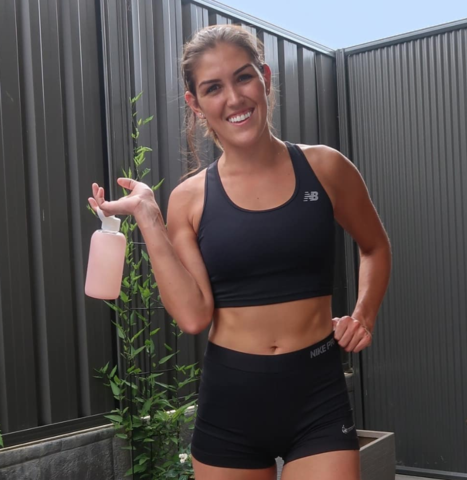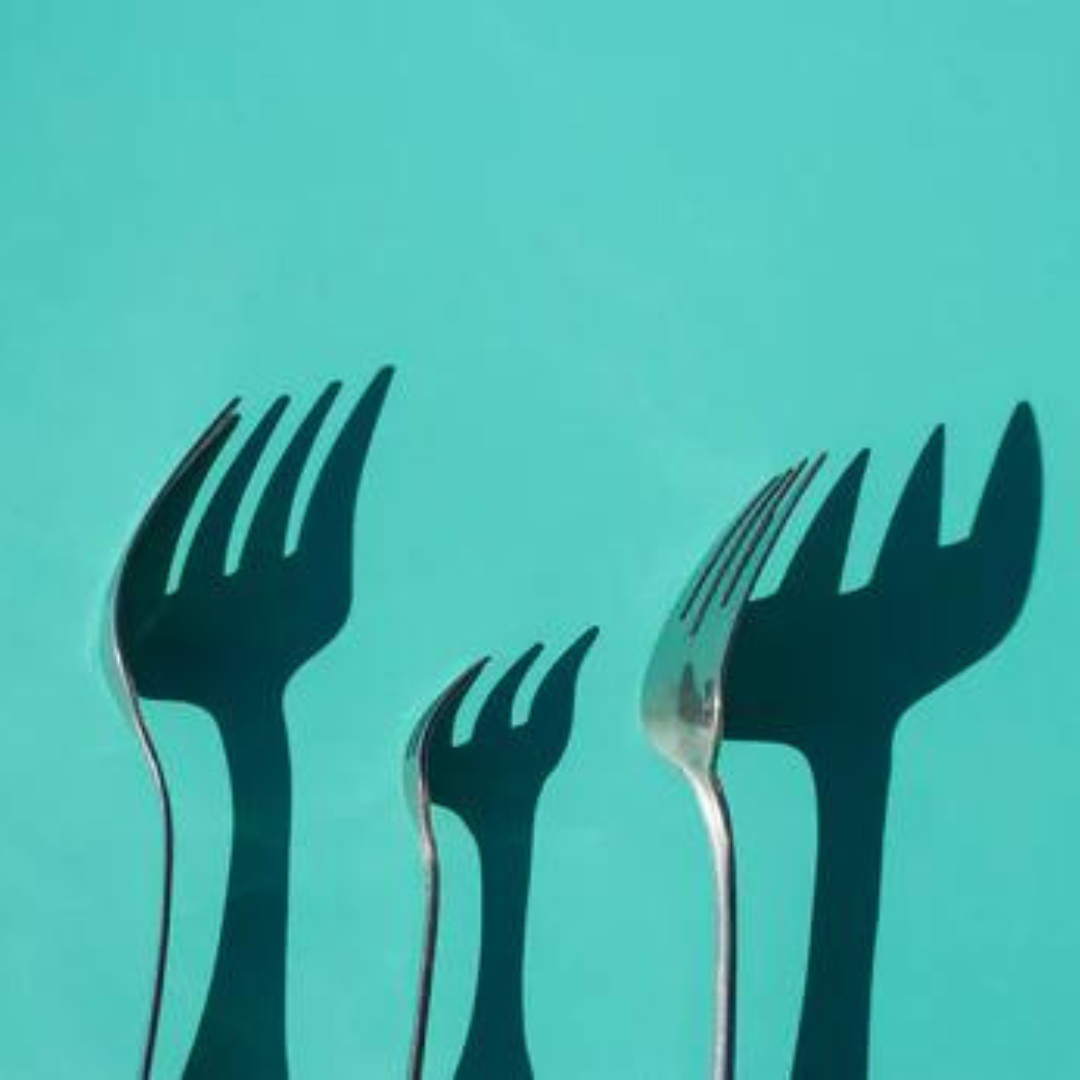You’ve probably heard of Intermittent Fasting by now. It’s ‘the’ most popular health trend all thanks to studies and testimonials swearing by its health benefits like weight loss and mental clarity.
Intermittent Fasting is not a diet, it’s an eating pattern. Its most popular method is the 16:8, which means that you stay fasted for 16h and eat under the remaining 8h limit. On a normal day, that would mean like skipping breakfast and having lunch and dinner as usual (no pre-bed snacks, though).
If you have lunch at 12pm, then you should be wined and dined already by 8pm to repeat the cycle. But wait, wasn’t breakfast ‘the most important meal of the day’? Well, apparently that is not a rule. But if that’s the rule for you, it’s always possible to organize your meals within the feeding period.
Although it may seem like, fasting is not unnatural to our body. A healthy body is well equipped to bear a few hours without food as our ancestors didn’t really have a fridge packed with goodies any time of the day. And unlike other types of fasts, it’s okay to drink black coffee, tea and water, which makes it just fine now in these heat summer waves.
Antonie Bartels, from Keto Fit, shared with us his own experience of combining Intermittent Fasting with Keto and working out, explaining what all the hype is about:
Hey Antonie, why do you think Intermittent Fasting became so popular?
Intermittent fasting is booming, especially with people who follow a ketogenic lifestyle. Keto as itself quite mimics a fasting state and got a lot of its benefits from mimicking that state. In combination, they even enhance each other!
When you’re intermittent fasting you’re consistently not eating for a certain amount of time. Or rather eating within a ‘time window’. A lot of people for example IF 16:8. This means they fast for 16 hours and consume all their meals and calories within 8 hours.
Which type of fasting do you do?
I like to use the 16:8 fast. But sometimes I will do 18:6. Every now and then I apply a 24 hour+ fast, but that’s not really Intermittent Fasting anymore 😊
The 16:8 method is definitely one of the easiest versions of IF. Why did you get into the IF train?
I started fasting for about a month after starting Keto. Mostly because I wanted my body firstly to adapt to eating in a ketogenic way. When you’re in good ketosis, your ketones will take care of sparing muscle mass. They will also make sure you don’t experience any hunger. I mostly implied it because I wanted to shed some fat, but sparing hard-earned muscle mass was very important for me.
Besides sparing it, did fasting help you gain muscles in any way?
It doesn’t directly cause muscle gain, but in a certain way, it will help with it. By using fasting you’re most likely to stay at a lower percentage of body fat. This means you need less time cutting to lose that fat. And most people know that when you’re cutting, you’re most likely to lose a (little) bit of muscle mass. So less cutting = less losing muscle mass = also more time to gain muscle mass!
What about weight loss? Did you notice any difference?
IF is great for weight loss. One of the aspects that causes weight loss is due to people eat fewer meals. Most of the time this also leads to consuming fewer calories, because you’re quicker satisfied. Eating 3000-4000 calories in 4 or 5 meals is easy, imagine consuming this in 2-3 meals!
Yeah, can’t see that happening. Unless in some crazy Youtube videos.
We know you workout a lot… do you feel like you perform better when you are fasting?
Regarding working out, I don’t feel much of a difference. But that’s a win! I finally got rid of the need to eat right before and/or right after my workouts. I do feel better mental performance though. I like the focus it gives me.
How does your fasted workout routine look like?
Most of the time I workout during my eating window. Just to optimise my workout, and put the calories straight to work to get the most out of it. Most fasted workouts I do consist of a short 15-20 minute HIIT-workout like (deadmill) sprints or sled pushes. I like to use this to deplete glycogen and improve fat-loss, metabolism and ketone production. I might add green tea extract to add some extra fat burning and creatine to preserve muscle mass.
Any other positive or negative effects you have experienced during fasting?
The best thing about fasting is that it helps me to consume fewer calories, something that helps a lot when you want to lose some fat. It also helps me to focus a lot better, which causes my most productive hours to be in the morning. The only downside is me wanting to eat every now and then, but that’s just because I like to eat ;)
To wrap it up, do you have any tips for anyone who would like to try IF?
Gradually increase the number of hours of your fasting. Make sure you’re Keto adapted first and then gradually build up from 12 all the way up to 16 hours (or more). Drink lots of water and try to get in some electrolytes. Some do it by adding some salt to their water, I like to do it by drinking broth. And the caffeine in coffee will curb hunger as well! Just don’t overdo it.
Thanks, Antonie!
It’s important to note that Intermittent Fasting may not be for everyone. We are all different and our bodies may not all respond in the same way. In some cases, it may lead to irritability and overeating, amongst other side-effects. In doubt, consult a trusted nutritionist or doctor, take the time to do your research and find a way of eating that’s right for you. Listen to your body!
If you are doing or have tried Intermittent Fasting, share with us your experiences in the comments below!
Article written by
Laís Oliveira
from Funky Fat Foods.
Other blogs you might enjoy:




Leave a comment
All comments are moderated before being published.
This site is protected by reCAPTCHA and the Google Privacy Policy and Terms of Service apply.